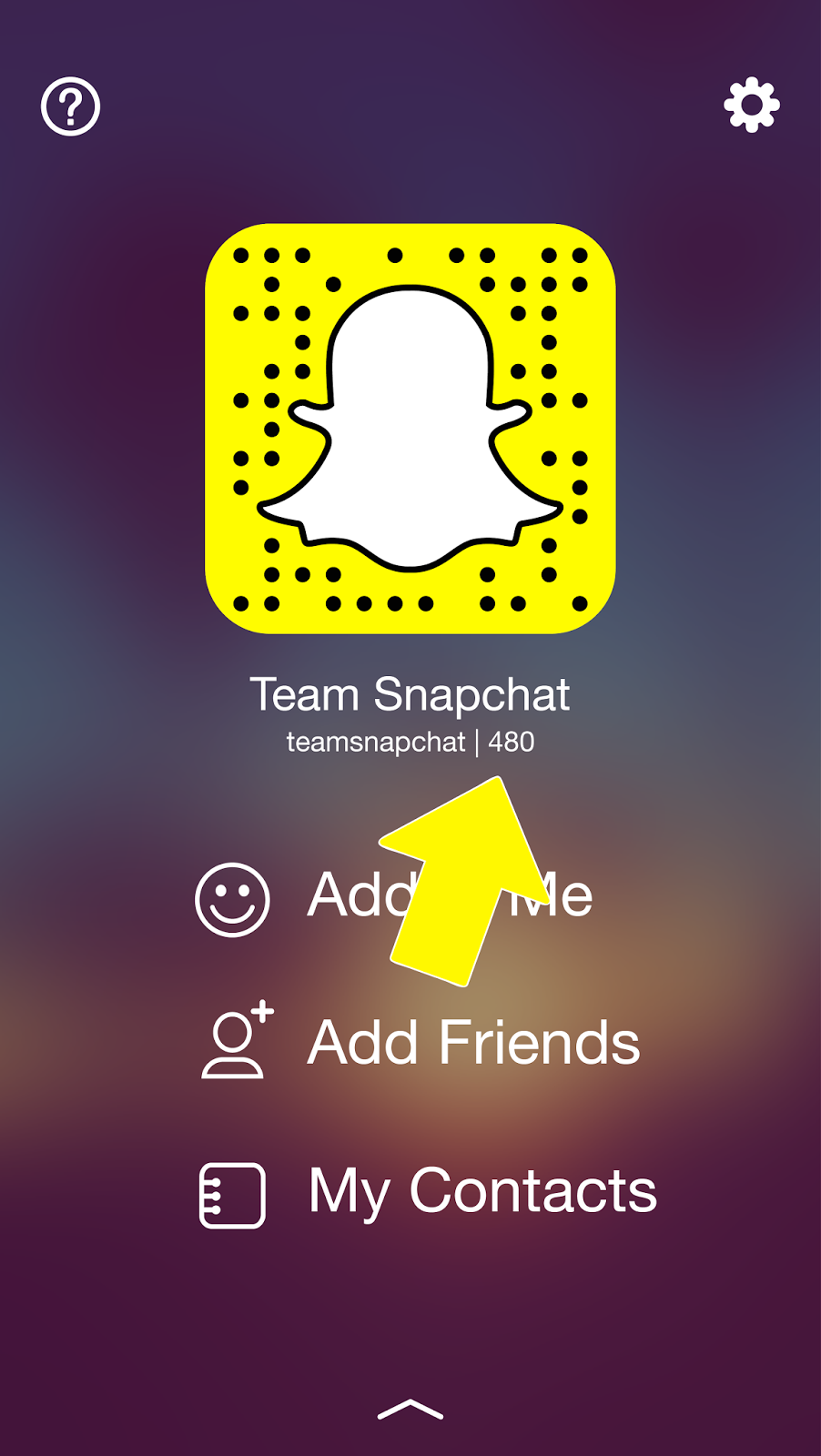
What makes Snapchat stand out from other IM services is that the content users share only persists for a limited period of time.

However, a new category of IM has recently risen to prominence – Snapchat ( ). In the majority of existing IM services listed above, the content that users exchange is stored on both senders' and receivers’ devices creating a communication history, with the exception being a real-time, streaming voice and video chat communication service such as Skype. There are also a large number of popular, standalone IM mobile services such as WhatsApp, Skype, or Instagram. IM capability has been also integrated into almost every major social networking site with smartphone app services such as Facebook Messenger, Twitter, Google+ or LinkedIn.

In 2014 there were reportedly 50 billion IM sent per day – twice as many as conventional text messages (Curtis, 2014) and it is estimated that IM apps will account for 75% of mobile traffic by 2018 (Juniper Research, 2014).

IM is a type of online chat which offers real-time exchange of text, images, video and voice transmission over the Internet, but it is also used for exchanging emotions via emoticons, information provision, behaviour change interventions and surveying (Cole-Lewis and Kershaw, 2010, Hawn, 2009, Ramirez and Broneck, 2009, Ogara et al., 2014). Instant messaging (IM) has become an ubiquitous feature of rapid communication in the ‘Global Village’ with the fast adoption of internet-enabled mobile phones at the beginning of the 21st century.


 0 kommentar(er)
0 kommentar(er)
